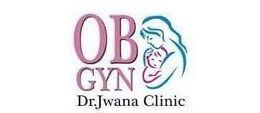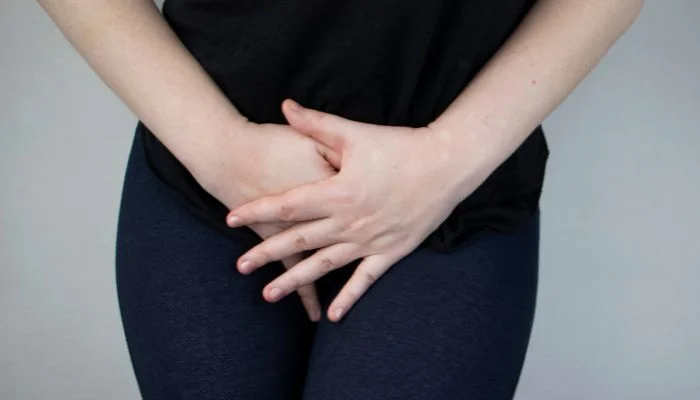Being a woman entails dealing with pelvic pain or discomfort in the pelvic region at some point in their life.
What is Pelvic Pain? Pelvic pain is defined as pain below the belly button and above the legs. Persistent or chronic pelvic pain is defined as pain that occurs on most days for six months or longer.
Some women may experience monthly menstrual cramps that are brief and manageable. Furthermore, pelvic pain can often make it difficult to live the life you want, interfering with your ability to work, exercise, or have sex. In some cases, conditions affecting the bladder, intestines, pelvic floor muscles, or even your spine can be the source of the pain. In fact, multiple sources of pain can be identified at the same time, whereas in some cases, the cause of chronic pelvic pain remains unknown.
So, what’s causing your pelvic pain, and when to seek help?
Here, we list down some of the major causes of persistent pelvic pain, among which ENDOMETRIOSIS is a prominent reason in many cases:
Endometriosis
Endometriosis is a condition in which the endometrial tissue (lining of the uterus), grows abnormally outside the uterus. Outgrowth is seen in areas such as your uterus, ovaries, tubes, bladder, and intestines. This tissue can irritate structures it comes into contact with, resulting in pain and adhesions (scar tissue) on these organs.
Although the exact reason behind endometriosis is yet not known, this disorder could lead to constant pelvic discomfort and interfere with your fertility reducing your chances of getting pregnant.
It is divided into four stages based on the extent, depth, severity, and size of the endometrial implants in the ovaries. Stages I and II are labeled as minimal, implying mild scarring and implants. Types III and IV cause cysts and scarring, which can lead to infertility and other pelvic issues.
Symptoms of Endometriosis
Abdominal and pelvic pain that doesn’t seem to subside
Menstruation that is irregular or heavy, or painful periods (dysmenorrhea). Some women may even experience blotting during their normal cycle.
Urination that is painful or bloody
Intercourse that hurts
Irritable bowel syndrome (IBS)
Treatments
Medications
Hormones affect endometriosis tissues in the same way that they affect endometrial tissues inside the uterus. Endometriosis pain can be exacerbated by hormonal changes during the menstrual cycle.
Thus, hormonal therapy treatments can alter hormone levels or prevent your body from producing certain hormones. Hormone therapy can interfere with your ability to conceive, so it is not suitable for everyone.
Hormone therapy can be administered in the form of contraceptive pills, shots, or a nasal spray. Medicinal treatment can also include pain non-steroidal anti-inflammatory drugs (NSAIDs) to manage painful symptoms.
Surgical Interventions
Patients with advanced endometriosis, pain that does not respond to other treatments, or who are trying to conceive may require surgery.
Laparoscopy
Our surgeon makes a few small incisions in your abdomen during this laparoscopy procedure. Then, a thin tube containing a light and a camera is inserted through one incision. They insert small tools into the other incisions. These instruments can be used to remove endometrial tissue (excision) or to destroy the ablated tissues.
Laparotomy
In some cases, a laparotomy may be required instead of laparoscopy to treat endometriosis. To remove the endometrial tissue, the doctor will make a larger incision (cut) in the abdomen, but the process is undertaken on rare occasions.
Hysterectomy
A hysterectomy is the surgical removal of the uterus. Our team of experts may recommend this as a treatment option for endometriosis. They may also advise you to have your ovaries removed (oophorectomy) with or without a hysterectomy. This will cease the release of hormones and should cure endometriosis permanently, but it will put you into menopause.
Other causes of chronic Pelvic Pain
PMS and Menstrual Cramps
Your uterus creates a tissue lining every month. An embryo can implant and grow in this location. If you do not become pregnant, the lining dissolves and is shed during your period. A cramp occurs when the uterus tightens to push it out.
Painful Ovulation
Have you ever experienced a painful twinge between periods? You may be experiencing ovulation symptoms. When you do this, the ovary releases an egg as well as fluid and blood. It has the potential to irritate. Month to month, the pain may switch sides. It is not dangerous and usually goes away within a few hours.
Ectopic Pregnancy
This occurs when an embryo implants and begins to grow outside of the uterus. This is most common in the fallopian tubes. Symptoms include sharp pelvic pain or cramps (especially on one side), vaginal bleeding, nausea, and dizziness.
Pelvic Inflammatory Disease
This is a side effect of sexually transmitted diseases. It has the potential to cause permanent infertility as well as damage to the uterus, ovaries, and fallopian tubes. Symptoms include abdominal pain, fever, abnormal vaginal discharge, and pain during sex or urination.
Ovarian Cysts
This is a side effect of sexually transmitted diseases. It has the potential to cause permanent infertility as well as damage to the uterus, ovaries, and fallopian tubes. Symptoms include abdominal pain, fever, abnormal vaginal discharge, and pain during sex or urination.
Uterine Fibroids
These form on or in the uterine wall. They are not cancerous and are sometimes referred to as fibroid tumors. Fibroids are common in women in their thirties and forties. They usually don’t cause any issues. However, some women may experience abdominal pain, low back pain, heavy periods, painful sex, or difficulty becoming pregnant.

